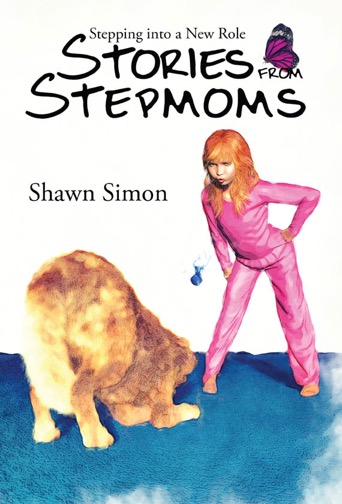You all know
the busy bee. No matter what day you ask, she’s busy. If you ask how she’s doing, she’ll provide a laundry list of things left undone that she’s working on.
Problem is: next week her laundry list will probably be the same … or worse.
Why? Because she’s busy, not productive.
Just because
we have a lot to accomplish, doesn’t mean we are approaching our to-do list in a
productive manner. In order to be productive, you have to make progress. Busy
bees don’t. They flit around in all directions until
they feel so overwhelmed they procrastinate.
How can you
stop the busy bee syndrome? Here are
some great ways to get you started.
Set S.M.A.R.T. Goals
Setting
S.M.A.R.T. goals is the first step toward turning busy time into productive
time. S.M.A.R.T. goals are ones that are: specific, measurable, attainable,
realistic, and timely. For more information
on setting S.M.A.R.T. goals, you can view this video.
The reason goal
setting is so important to productivity is that you need to focus on what you
need to accomplish. Without a plan, you’re like a driver trying to maneuver a
car without a steering wheel; you have no control over where the car is going
and eventually you will crash.
Prioritize Your Goals
Just like you
wouldn’t put slacks on before your underwear, you shouldn’t try to attack your
goals without prioritizing them first.
Review your goals and consider which
ones you need to work on first. Deadlines help you prioritize goals, but when
you accept a new project with a closer deadline, you need to consider if this
is a new or repeat client and what the future impact might be on your career
when accepting this new project if it impacts other deadlines.
If you are working on a project
without a solid deadline, create measurable and timely tasks to keep you on
track.
Write a To-do List
You’ve set your
goals and prioritized them. Now, you need to break them down into monthly or
weekly to-do lists.
The first
thing a to-do list does is give you a way to focus on smaller tasks so that the
larger goal doesn’t seem so daunting. A to-do list also allows you to feel a
sense of accomplishment when you check off a completed item — which is a huge
source of motivation.
After using
to-do lists for several weeks or months, you’ll also be able to better gauge
how much you can truly accomplish during a specific time period. While it might
vary depending upon the size and complexity of the projects you are working on,
it will still give you a good overall picture of whether your writing schedule
is working.
Create a Writing Schedule That Works
for You
Speaking of
writing schedules, you need to create one that works best for you. If you’re
more productive in the morning, then that’s when you should be writing. I
realize my most productive hours are after 9 pm, so when my girls were younger I
would wait until they went to bed to sit down to work.
For those who
can’t write during their ideal time frame because of other commitments, use lunch
hours and wait times before doctor appointments to increase productivity.
Track Your Time
Allowing
distractions like email, your phone, and the Internet to steal your writing
time will leave you feeling overwhelmed when faced with a deadline. Letting
family and friends invade the time you’ve put aside for writing will also keep
you busier than normal. On the reverse side, taking time dedicated to family
and using it to catch up on writing projects can leave your family feeling
resentful of your career.
Take out a
pen and pad or create a spreadsheet to track your time for the next five days. This
will help identify exactly how much time you spend on each task and where time
is wasted. Identifying what distractions and interruptions keep you from
obtaining your goals will help you eliminate them.
Keep a careful eye on how much time you spend working on projects where you
just couldn’t say, “no.” Volunteering in your community and taking on special
assignments can often make you feel good, but if you commit to more than you
can realistically handle, you’ll soon feel the pressure and procrastinate.
Setting
S.M.A.R.T. goals and prioritizing them, maintaining to-do lists, creating a
writing schedule that works best for you, and tracking your time will help you
be productive rather than chronically busy.
Cheryl C. Malandrinos is a freelance writer and editor. She is the author of four children’s books including, A Christmas Kindness, released by 4RV Publishing. A blogger and book reviewer, she lives in Massachusetts with her husband and two daughters. She also has a son who is married. Visit Cheryl online at http://ccmalandrinos.com and her children’s book blog at https://childrensandteensbookconnection.wordpress.com






